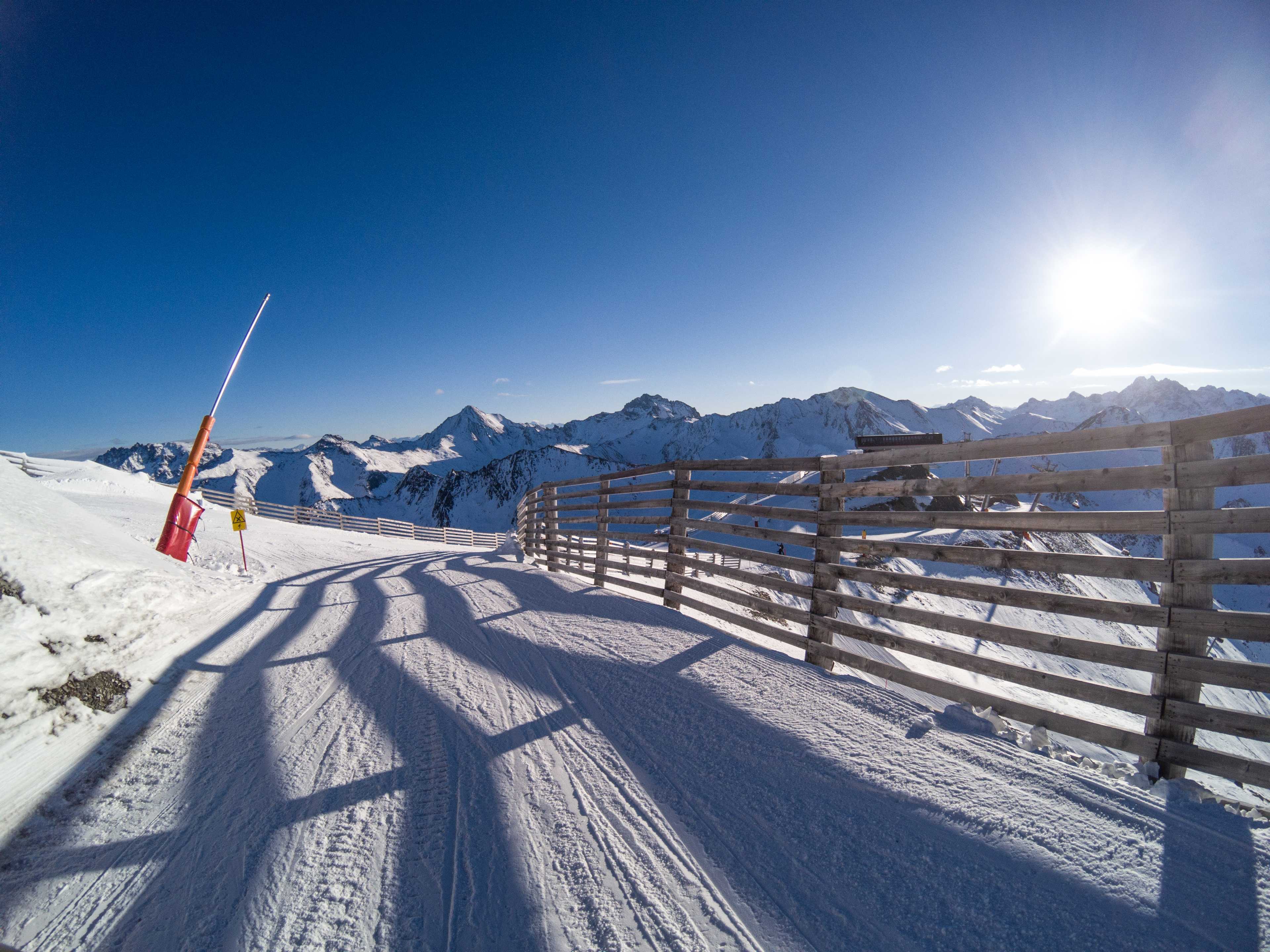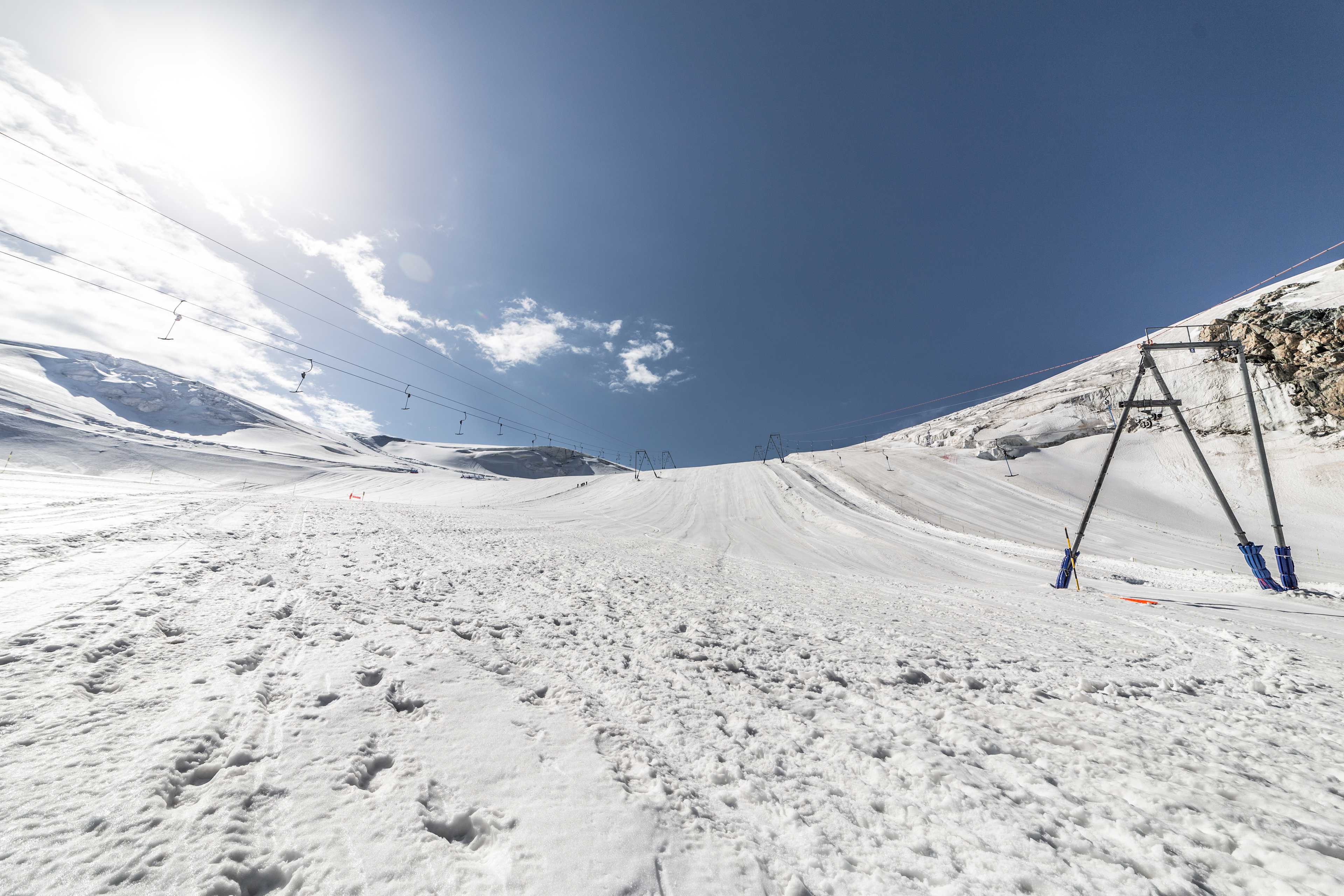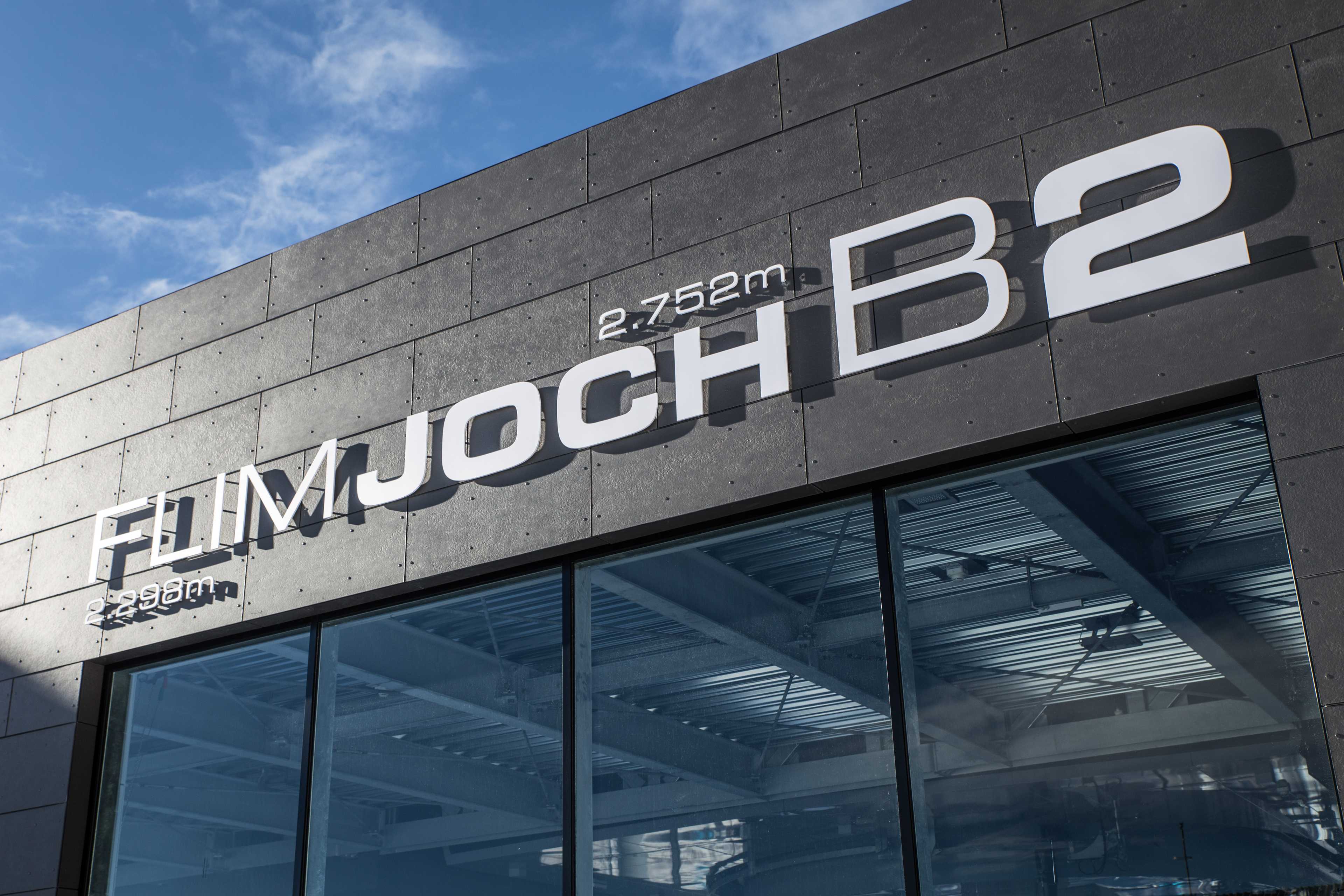Driving in Austria. Guide
Austria, along with Italy and France, makes up the "Big Three" of Europe's most important countries for winter sports. The huge part of the Alps tempts thousands of tourists every year, and still very many of them reach this country by car. In this article, we will try to make traveling through the Alps easier.
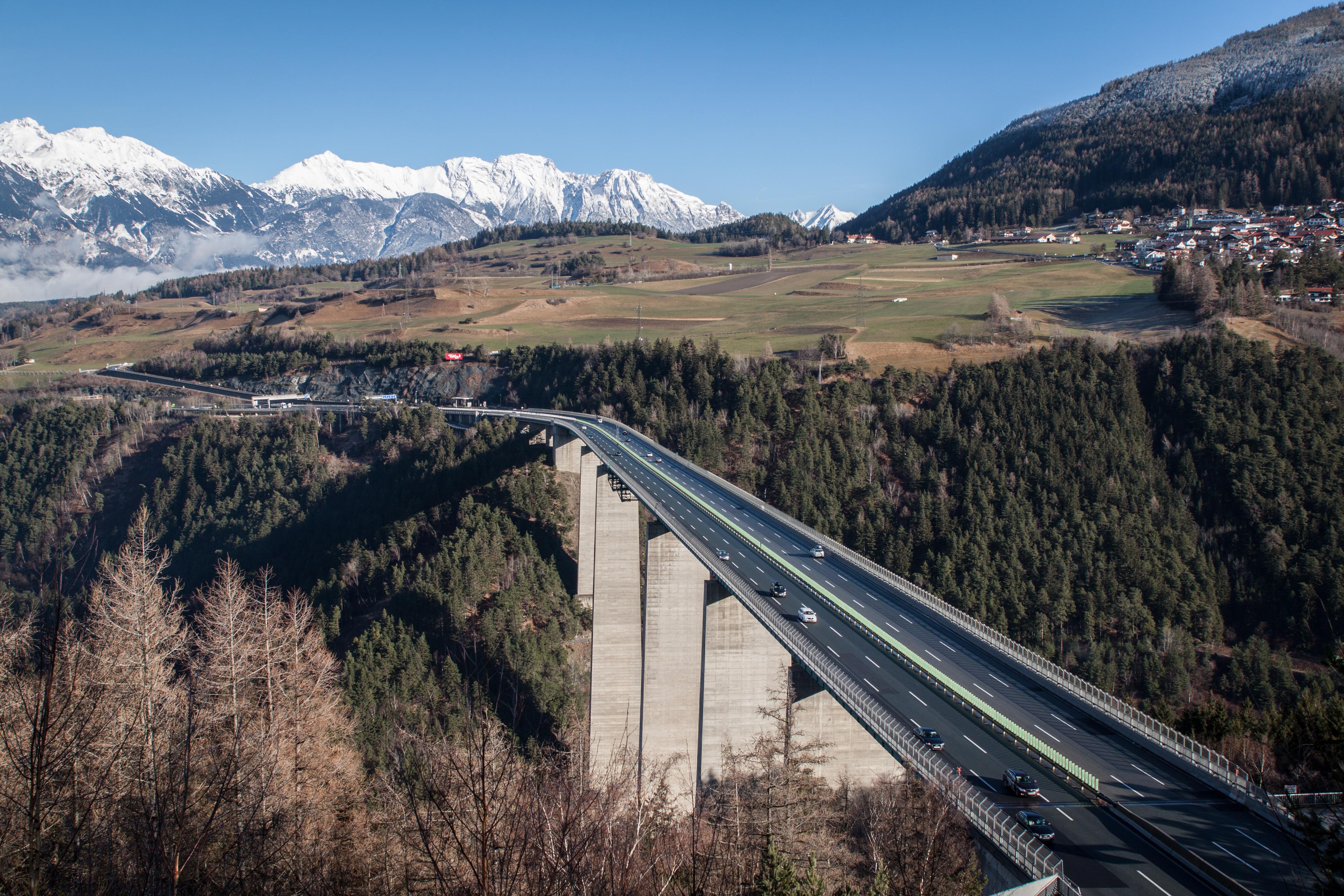
Road tolls
Austria has a fairly extensive network of highways and expressways. On the roads, you won't find toll booths (so-called gates) known from Italy, France or Poland. For cars, road tolls are done via an inexpensive vignette, making the country one of the cheapest to travel regardless of the number of miles traveled. Vignettes can be purchased at the state border and at most petrol stations. Importantly, the sale of vignettes is also carried out by points in Austria's neighboring countries, but the price can be up to 50% higher. It is worth paying attention to buy vignettes already after crossing the border, and not, for example, just before it - such a situation occurs at the border crossing in Czech Mikulov, where much more expensive vignettes are sold for inattentive drivers. Right next door in Drasenhofen, Austria, vignettes can be bought at market prices (€8.90 for a 10-day vignette). Remember that, in principle, Austria always guarantees that you can buy a vignette on its territory before the road toll takes effect. We suggest taking cash with you, as at some points payment by card is not possible or there is a limitation of a minimum amount of €10 for payment by card (while the 10-day vignette is cheaper, and you will buy absolutely nothing else at the point except vignettes and reflective vests).
Vignettes are spot checked and on some stretches (such as near Innsbruck) with cameras. The penalty for missing a vignette is €240 and the cost of a new vignette. If immediate payment is not made, the costs are higher and the case is referred to civil action. For cars with a higher GVW than 3.5t, the purchase of a small GO-Box device available at most vignette outlets is required.
In addition to vignettes, there are several facilities that are subject to an additional fee. For ski travel, one should certainly mention the A13 highway leading into the Italian Dolomites and to the Austrian resort of Stubai, where there is no vignette, but an individual toll of €9. To get there anyway, you need a vignette in most cases, which is why traveling to Italy via this section is more expensive. Another "ski" destination is a very long (14 km) tunnel on the S16 road leading from Bregenz to Innsbruck. A drive on this road will cost us an additional €9.50, and this fee will probably apply to tourists heading through Germany to Ischgl, Serfaus-Fiss-Ladis, Sölden or Obergurgl-Hochgurgl. Also subject to additional tolls are two tunnels on the A10 autobahn between Salzburg and Villach and two tunnels on the A9 road to Graz.
As of 2018, ASFiNAG (the highway authority) sells vignettes online. We can also conveniently pay the fee for a toll section at the online store.
However, it is worth mentioning that, according to EU law, individuals must place an order at least 18 days before the start of validity of the vignette - this is connected with the possibility of returning goods purchased online. However, for those who plan trips within a shorter timeframe, there's a trick: Companies, including sole proprietorships, are exempted from this law. So, if we have such an opportunity and register our account as a company (it is not necessary to provide a VAT number), we will be given the opportunity to purchase an electronic vignette with immediate validity.
To use the extra toll section, at the turnpike we need to follow the green "Video Maut" signs. There the camera will read our license plate and, in the absence of a valid toll, the barriers will direct us to the traditional gates. That's why you need to have a printout of the confirmation in case of control on extra toll sections. For electronic vignettes, on the other hand, we do not need to carry any document, and our vignette will appear in the ASFiNAG and police systems - this is extremely convenient and probably the simplest solution. And the view remains unobstructed ;)
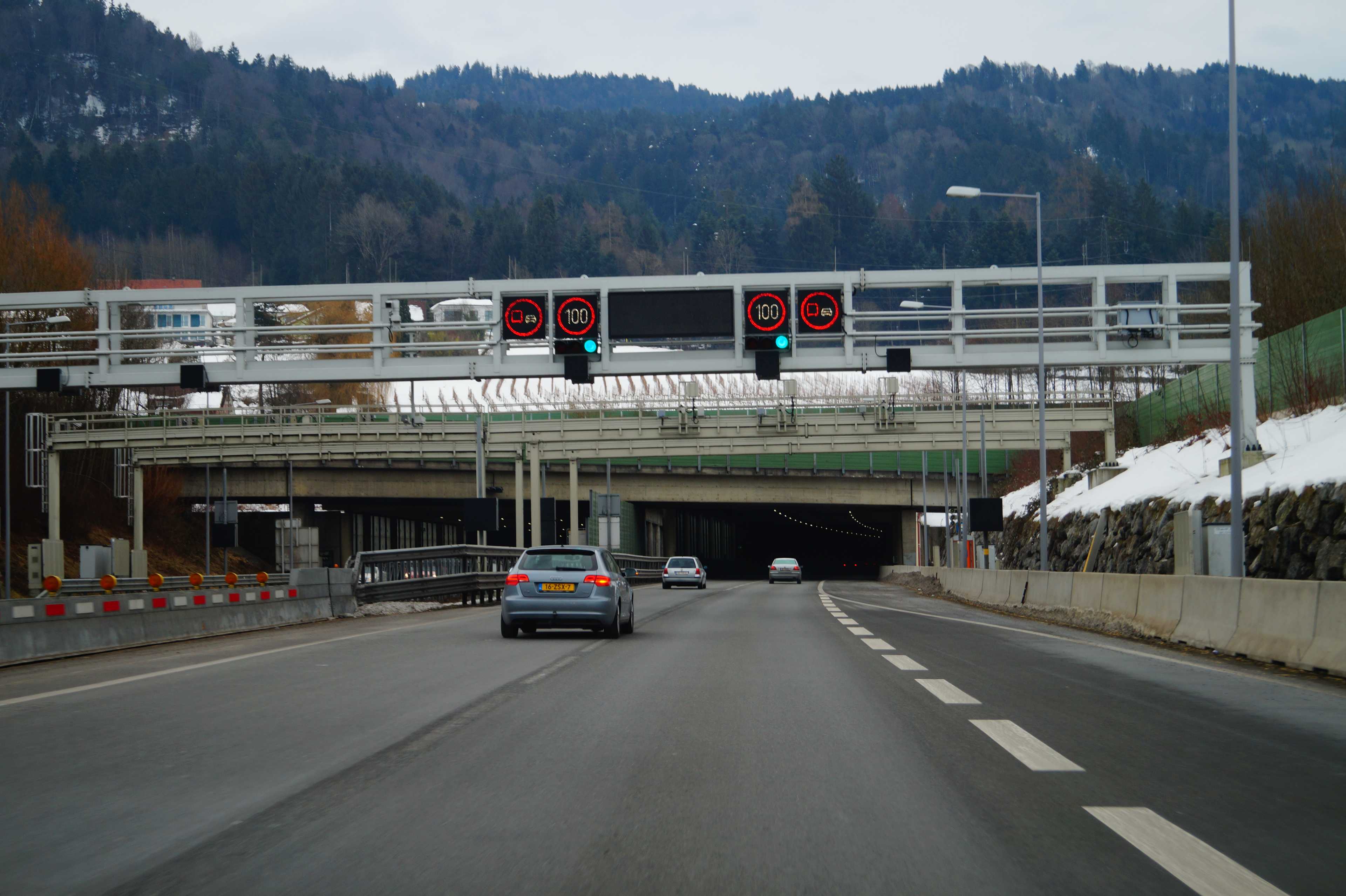
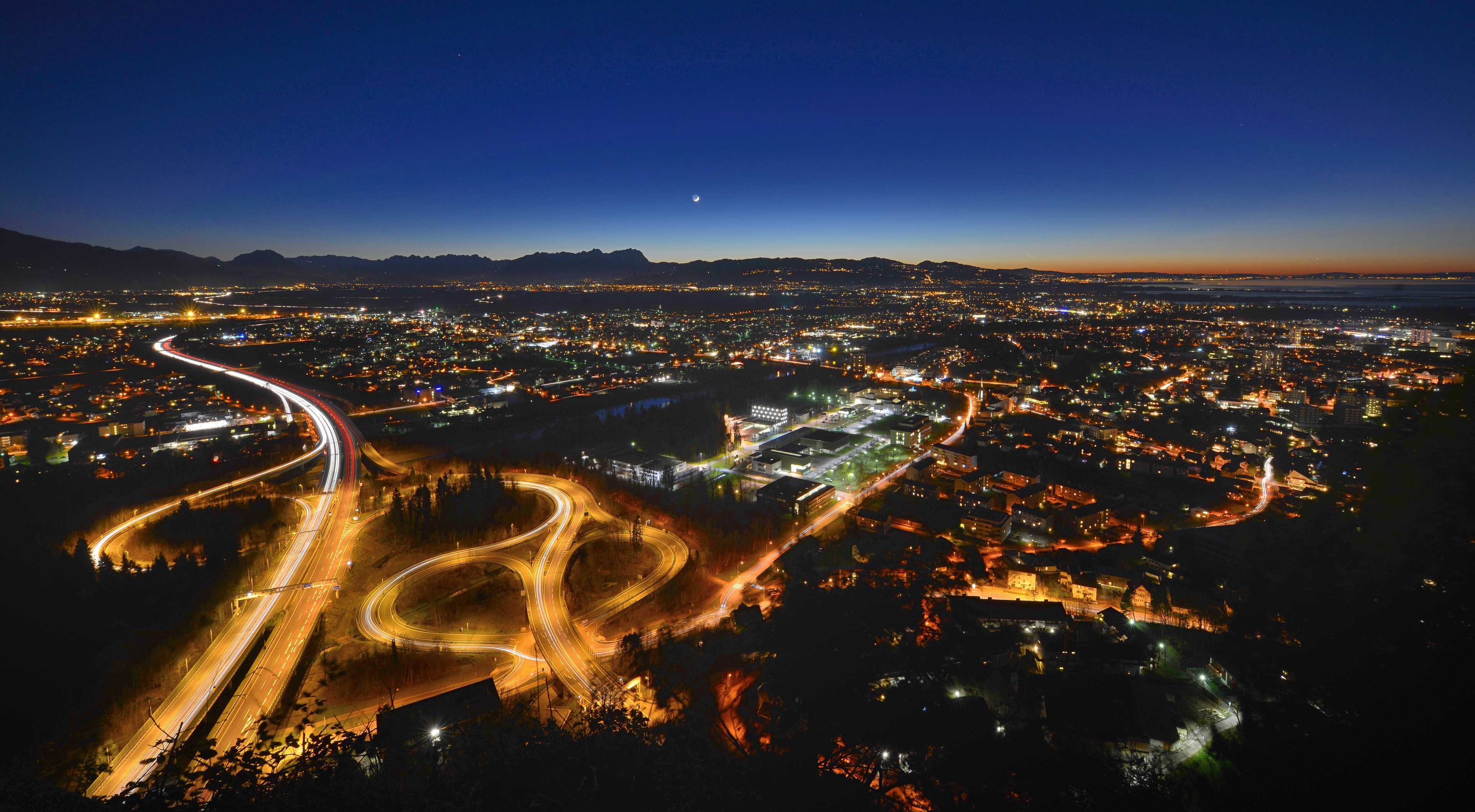

Vehicle equipment
In Austria, for winter travel, which is what we are talking about here, it is required to have winter tires or, if you have summer tires, fitted snow chains. The latter option is only possible if the road is completely covered with snow or ice. In mountainous sections, if the road is completely covered with snow, it may also be mandatory to install snow chains (on any type of tires) - this is indicated by road signs. The restrictions on winter equipment apply between November 1 and April 15, and apply only in the case of weather conditions indicating the need for their use (snowfall, snow or slush on the roadway). The lack of the aforementioned equipment is punishable by fines ranging from €35, up to €5,000 in case of posing a danger on the road. We can find out more useful information on this subject on Austrian Government Website.
In addition to winter equipment, on Austrian roads (as in Italy) the car must carry at least one reflective vest, a first aid kit and a warning triangle. In the event of an emergency stop, the driver is required to wear a vest. Police and border authorities may check upon entering Austria whether these items are on the vehicle's equipment. Vests can be purchased at Austrian Automobile Association (ÖAMTC) locations, where vignettes can usually also be obtained.
Speed checks and violations
Austria is a country where speed checks are performed quite precisely, and even small violations qualify for a fine. So let's pay attention to road signs, as the speed limit may depend on weather conditions and the type of vehicle you are driving. In Austria, you can travel at a maximum speed of 130 km/h on highways, 100 km/h on expressways and national roads, and 50 km/h in built-up areas. In tunnels, the limit is usually 80 km/h. Old, but operational speed cameras resembling refrigerators are scattered in various places ;). Some speed cameras are two adjacent posts resembling single traffic lights. These devices are completely unmarked and operational, despite their rather archaic appearance. Some sections also have sectional speed measurement, which in turn are marked with a "Section Control" sign. This type of measurement is in effect on the A2 in and south of Vienna, among other places. The second "skier" section is the Graz ring road, where sectional measurement is currently (2017) performed on a stretch of roadworks (!). I checked, the measurement works properly ;)
Exceptional road sections are speed limits marked with the abbreviation IG-L. These road stretches are designed to reduce emissions and have slightly higher fines than normal restrictions. Drivers of electric and fuel-cell cars are not affected by these restrictions, but only if they are holders of Austrian green license plates.
Austrian control systems comprising cameras and speed cameras record various types of offenses - not only speeding (again, depending on the type of vehicle and time of day), safety distance, but also failure to yield the right of way, violation of a parking ban or failure to pay a parking fee. The data is collected by local systems, and then local authorities send a so-called "anonymous notice" by letter. This is a document calling for voluntary submission to a penalty. If the indicated fee is not paid, the case is forwarded to local law enforcement authorities, and the fee increases. If we have committed an offense in Austria, and we ourselves have a car registered in another country, we can be sure that after 2-3 months we will find a letter in our mailbox. The document is in German, but also contains a thorough yet accessible explanation in our native language.
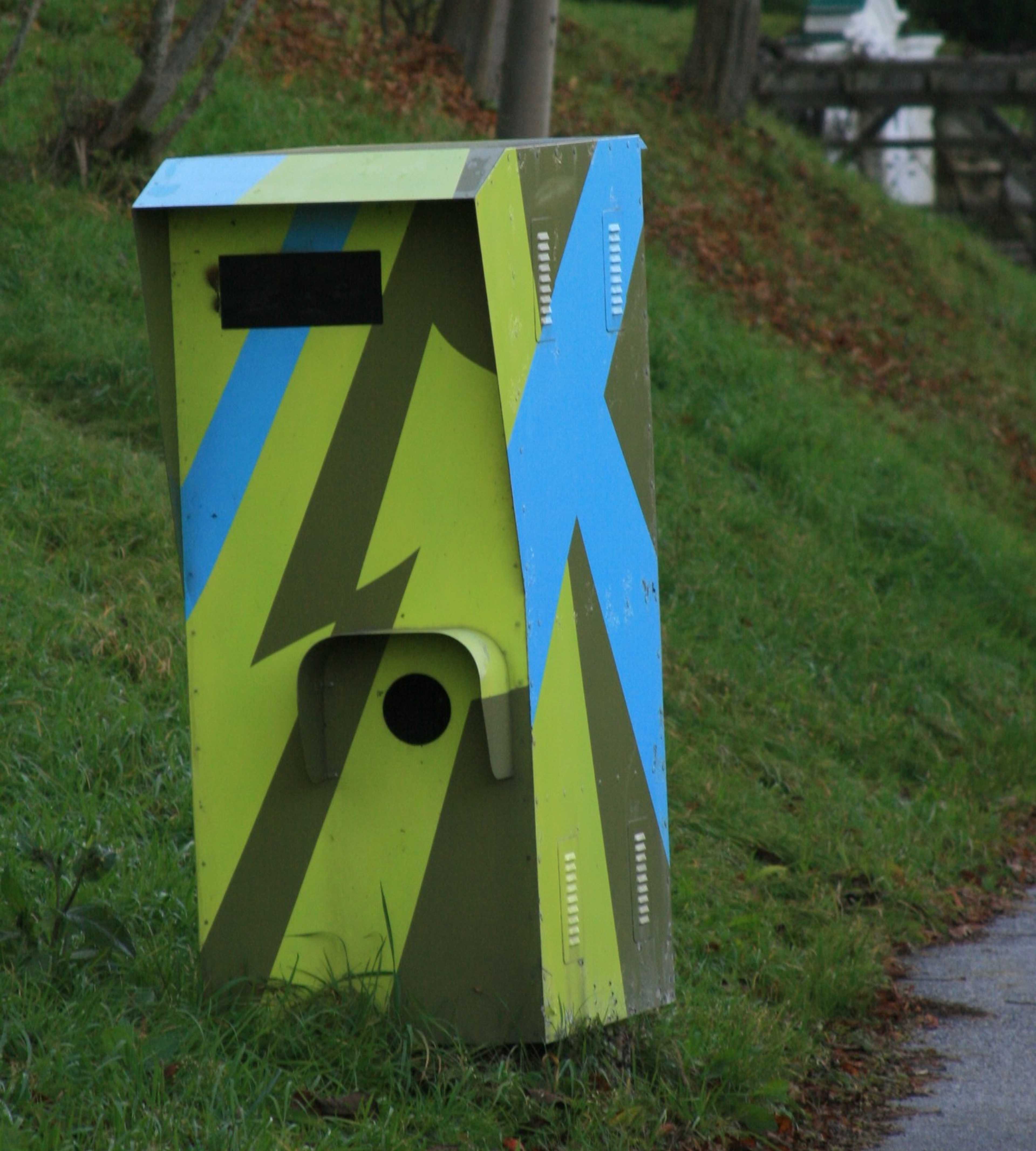
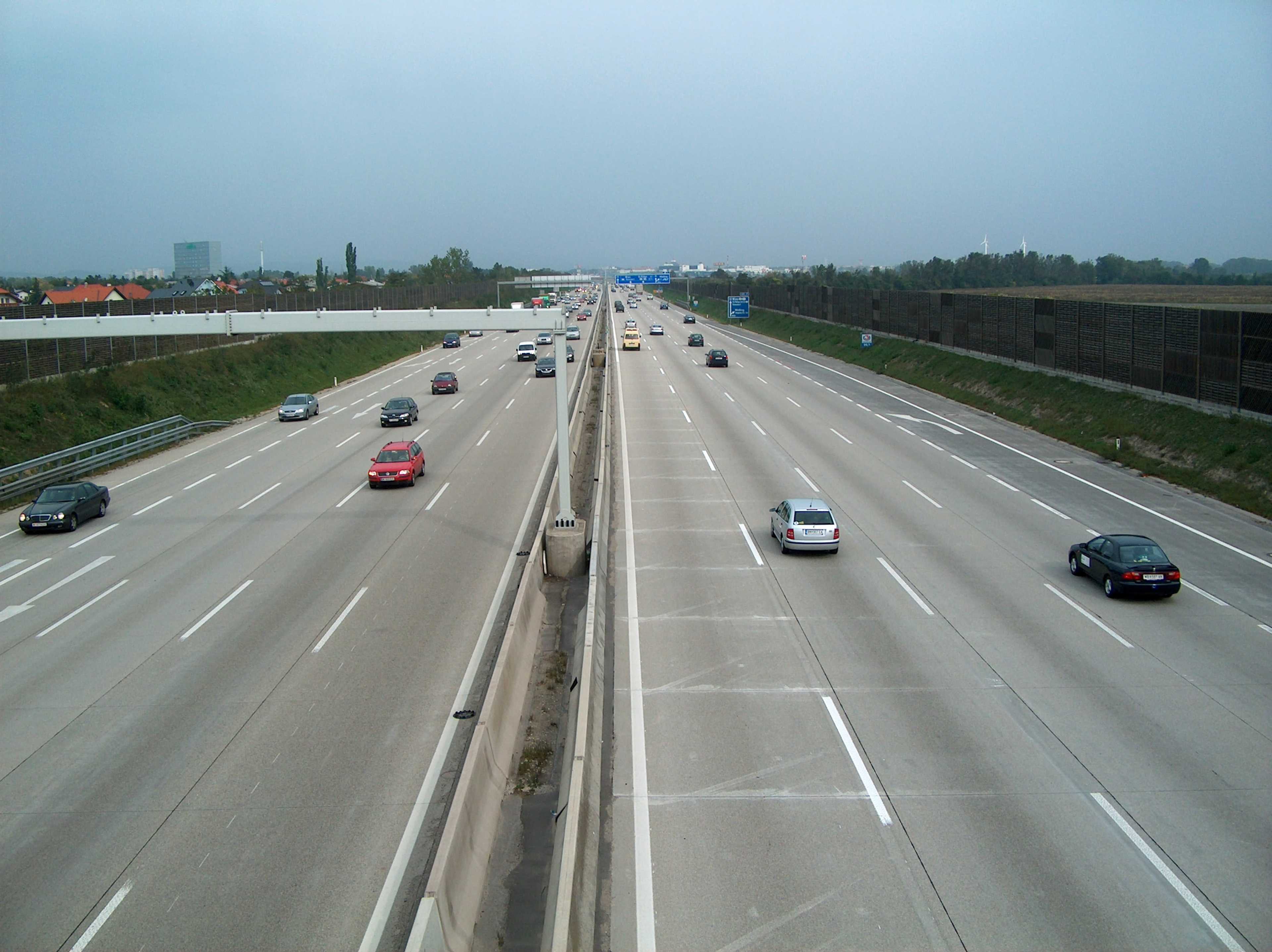
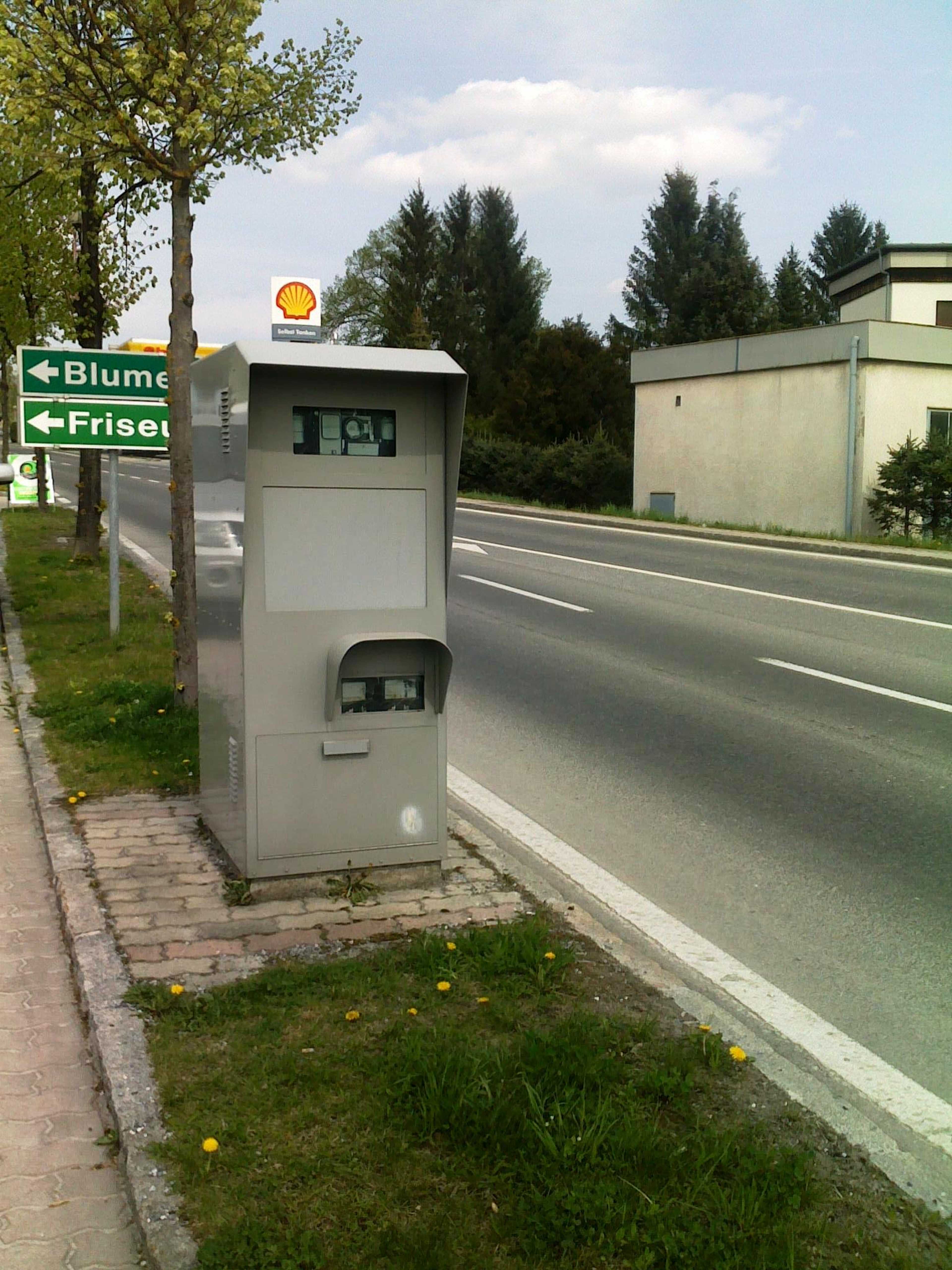
Parking
Parking in Austrian cities is subject to local regulations. Most often, however, paid parking spaces are marked with lines in blue, and we pay the parking fee at a parking meter (Vienna and larger cities). In the absence of parking meters, we pay the fee with colored receipts, which can be purchased at vending machines, subway stations, gas stations or cigarette vending machines. Depending on the amount and time, the blank has a different color. When parking, the date and time of parking should be clearly written on the blank and placed in a prominent place behind the windshield. All signs and markings are very clear and legible and should not be a problem for visitors.
Gas stations and restaurants
In Austria, highways and expressways are accompanied by extensive infrastructure. On the highways one will find the so-called Raststation, where we will refuel the car and satisfy our hunger. In the vast majority of places we can pay by card, and at gas stations 24 hours a day we will find personnel. At many stations we will also find an ATM in case we have problems paying by card.
One interesting thing, however, is paid toilets. Access to them is restricted by gates that do not change (prices vary from €0.50 to €1). What is important, however, is that at the time of payment, the machine issues a coupon of the same value for use at the station or restaurant of the chain you use.
This means that it's a good idea to go to the toilet first, and then buy food or pay for fuel using the coupon - then the use of the toilet is free. This system seemed cumbersome to me at first, but after a few trips I realized that it's a great way to keep these places clean, and if you know the rules, it doesn't cost anything to use these facilities.
Road habits
Austrians generally drive very respectfully. Despite the extensive road network, it is not the easiest - much of the country is made up of mountains, and some roads were built decades ago. They are usually in good condition, but twisty highways traversing more and more alpine passes can become very tiresome. Local drivers know every nook and cranny and navigate carefully to make travel safe and avoid the fines. I suggest watching them and keeping your own safety in mind on these difficult routes.
When it comes to GPS navigation, I have two comments. For reasons unknown to me, the GPS works really poorly in Austria (2017). This is probably due to the topography. Regardless of the device, we have to get used to the fact that the GPS will be jammed that we'll appear over nearby mountains, even when using a smartphone and mobile data powered A-GPS. The second peculiarity is the law prohibiting the use of any means to detect speed cameras. During a police check, if such tools (an app or a physical speed camera system) are proven, we will be fined.
In addition, photography and video recording while driving is strictly prohibited in Austria. Any video recorders for the time of travel on Austrian roads must be turned off, and their use proven during a police check will also result in a fine.
How to drive?
According to the law, paying attention to traffic signs and watching local drivers :) If the road seems straight all the way to the horizon and the drivers are all going slow, it's definitely for a reason. Austrian drivers can drive really fast. However, they are cautious and don't senselessly risk their safety and wallets.
Following these rules guarantees a stress-free journey to the Alps. Safe travels!
Update (2018/09/06): Added information on electronic vignettes
Update (2023/09/03): Added information on IG-L
Read also
